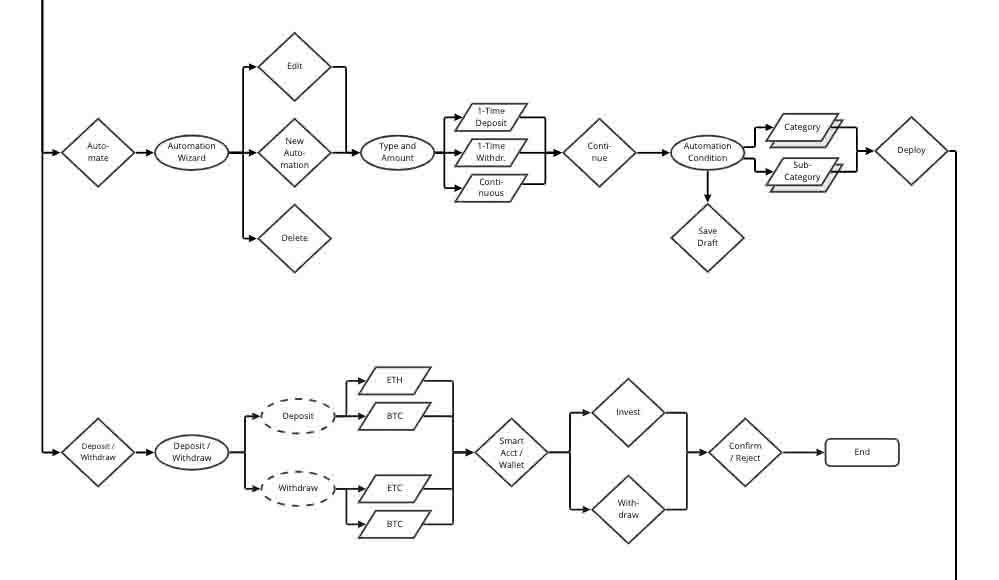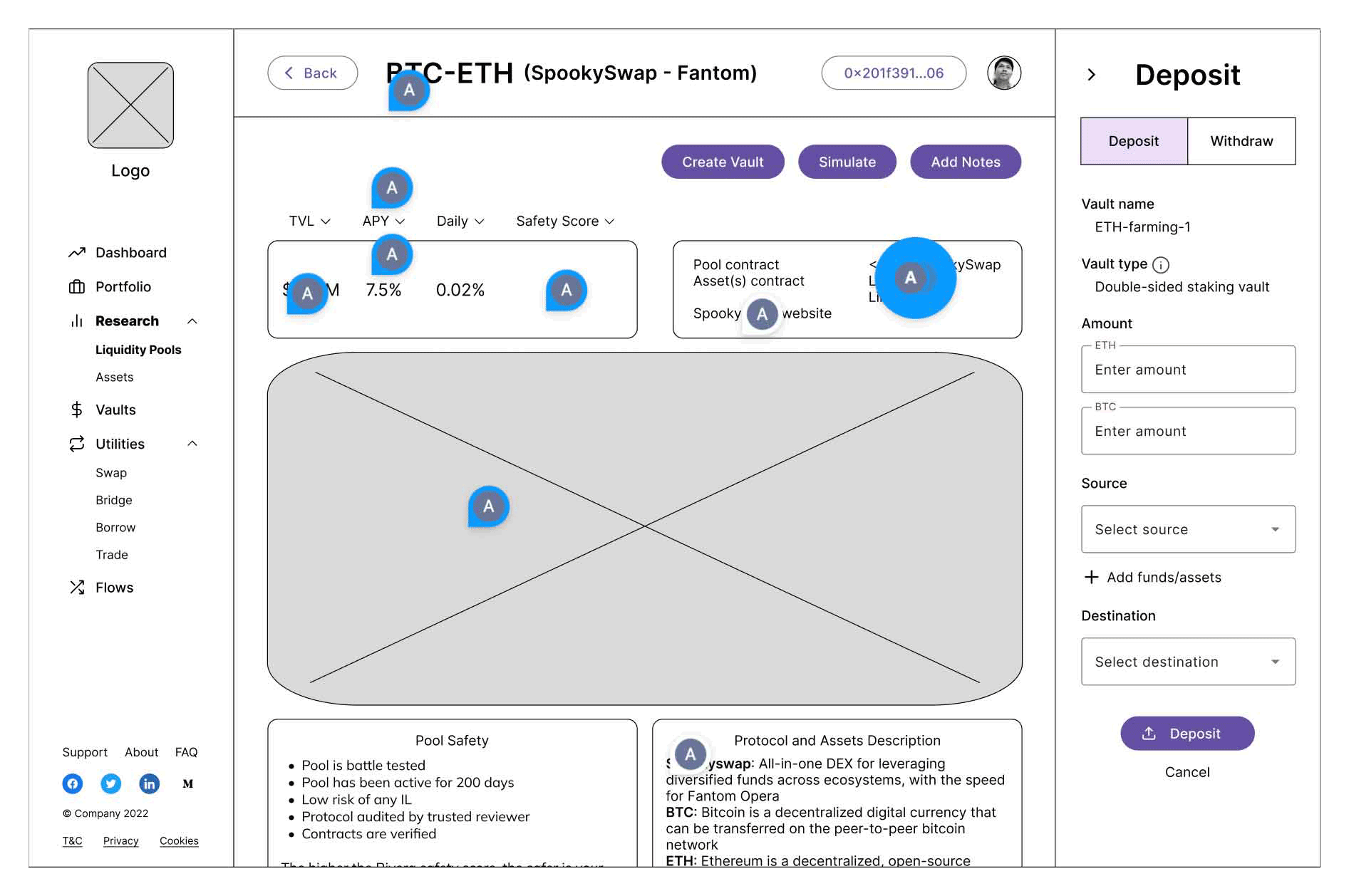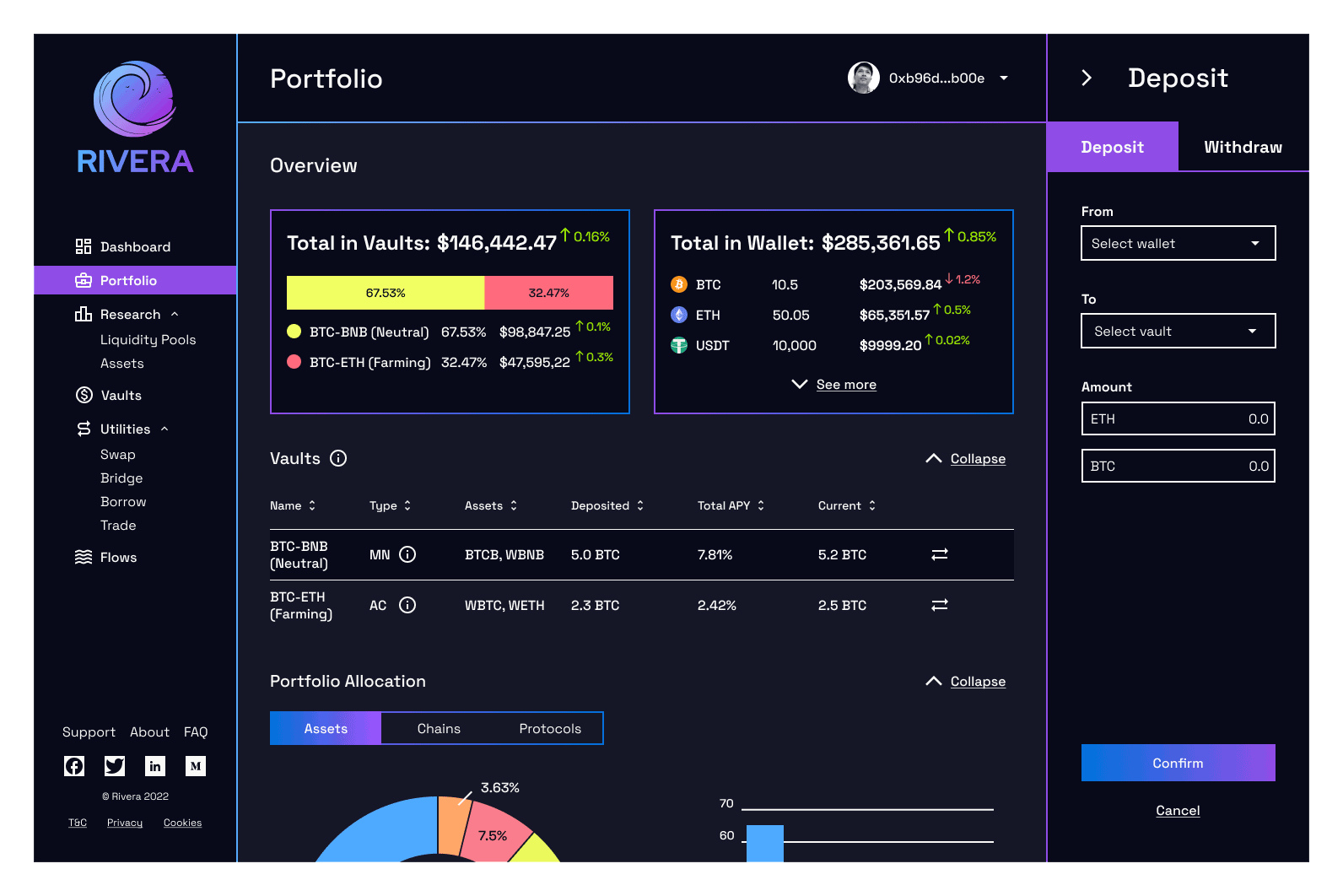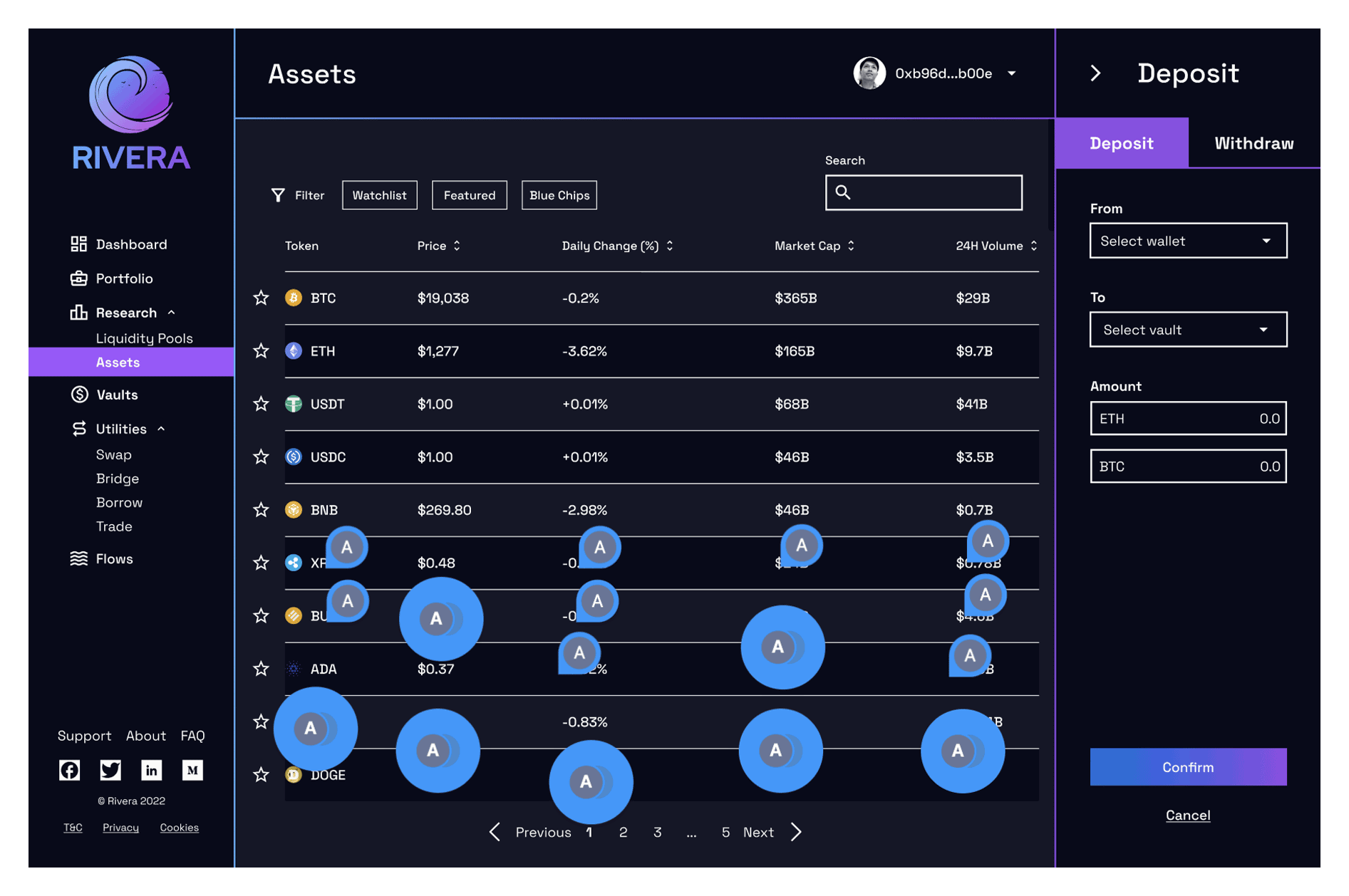Project Kickoff
Before meeting with the stakeholders, our team gathered to introduce ourselves and discuss our strengths and design preferences. Of the four of us, I was the only one with prior investing, crypto, and FinTech experience. This was a positive for the team, because while I had experience with similar products. This also meant I had biases concerning appropriate design specifications, whereas the other team members would start fresh.
While the stakeholders had performed user research prior to the beginning of our internship, the design team was unable to gain access to these findings. This put the design team in a challenging situation: We had no firsthand knowledge of the user or their habits, and we were not able to synthesize the research.
Without synthesis artifacts & affinity maps, empathy maps, personas & our team lacked a clear picture of the user we were designing for. We understood the necessity of not sharing all information, given the sensitivity of the data, but having to rely solely on a condensed version of the findings put us at a disadvantage.
 Meeting with the stakeholders.
Meeting with the stakeholders.






